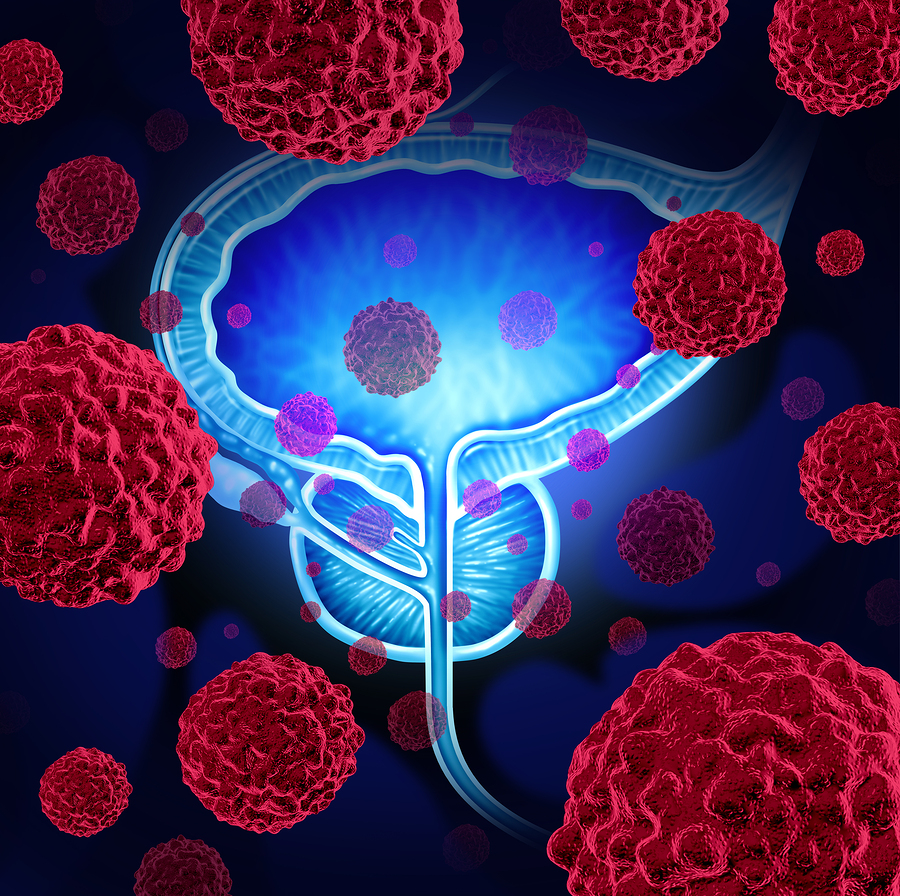Almost overnight, the treatment of men with early-stage prostate cancer has changed. Five years ago doctors were pushing surgery and men were taking it but now nearly half of those diagnosed are choosing no treatment at all.
This approach is called active surveillance- the cancer is left alone but regularly monitored to make sure it’s not growing. Several years ago, 10 to 15 percent of early-stage prostate cancer patients were being treated with active surveillance but now national data shows that number has climbed to 40 to 50 percent.
From the NY Times article:
“In recent years, major research organizations have begun to recommend active surveillance, which for years had been promoted mostly by academic urologists in major medical centers, but not by urologists in private practice, who treat most men. In 2011, the National Institutes of Health held a consensus conference that concluded that it should be the preferred course for men with small and innocuous-looking tumors. Last year, the American Society of Clinical Oncology issued guidelines with the same advice.”
Half of all men with newly diagnosed prostate cancer have low-risk tumors which pathologists rate as “Gleason 6” or less on a commonly used scale. That “technically” means their risk of dying from prostate cancer in the next 10 years is less than 1 percent, whether they have aggressive treatment or whether they choose active surveillance. Though, nothing is easy or straightforward in the cancer world.
The Gleason system, which involves a pathologist’s assessment of how ominous the prostate cells look, rates cancer on a scale of 2-10. In fact, 6 is actually pretty much the lowest score for cells that are cancer, despite the Gleason scale officially starting at 2, but many men, hearing that their cancer is a 6, assume the worst.
Perhaps that’s why some doctors are beginning to question whether these tumors should even be called cancers. Some argue that the lowest-risk tumors need a name that conveys their incredibly slow growth and generally benign nature. But still others disagree. Without the word “cancer,” there is a fear that men may not take seriously the need for regular biopsies and other tests. Doctors at Johns Hopkins have proposed a grading system to make it clear that Gleason 6 cells are less frightening than higher-grade tumors, but not necessarily benign.
Active surveillance may seem like an easier decision for older men with a life expectancy of 10 to 15 years because most prostate cancers that grow do so very slowly, but what about men in their 50s or early 60s? Those men should still have regular biopsies for long periods of time so doctors can look for signs that their cancer might be growing. Avoiding radical treatment in their 50s and 60s can save men from the complications of impotence and incontinence, which also tend to affect that age group to a much greater degree.
More from the NY Times article:
“Dr. William Catalona, a professor of urology at the Northwestern University Feinberg School of Medicine, said he worried that some younger men may find out too late that their cancer has become incurable. Active surveillance, he warned, “is a tragic mistake for some.”
One issue complicating the active surveillance questions, said Dr. Alan J. Wein, the chief of urology at the Perelman School of Medicine, is that the long-term outcomes are unclear.
“We need follow-up of at least 10 to 15 years to be sure we are not hurting these people,” he said. “The problem is we’ve been in the active surveillance business only since about 2000, and everyone started off very, very slowly. No one really has a number of patients who have gone for years and years.”
For most men with low-risk cancers, active surveillance is still the best option. BUT, those men should also have a second biopsy within a year, followed by regular biopsies every year or two and regular PSA tests (a blood test that looks for a protein linked to prostate cancers) to make sure things aren’t progressing at a faster rate.
Source: NY Times












